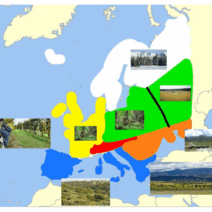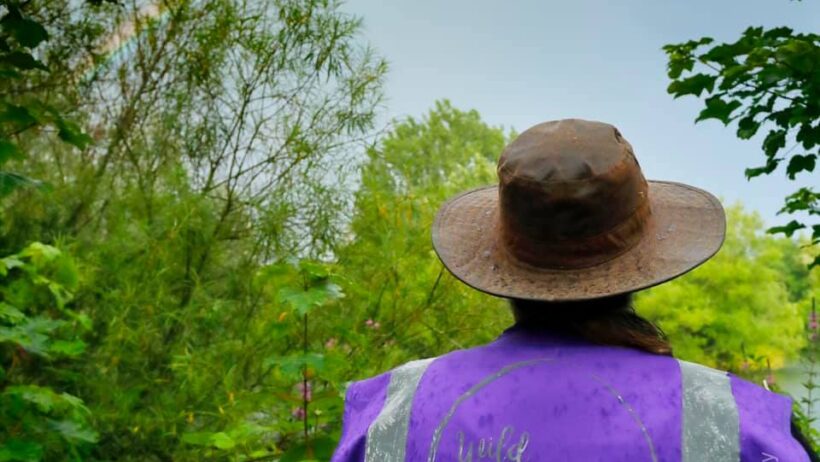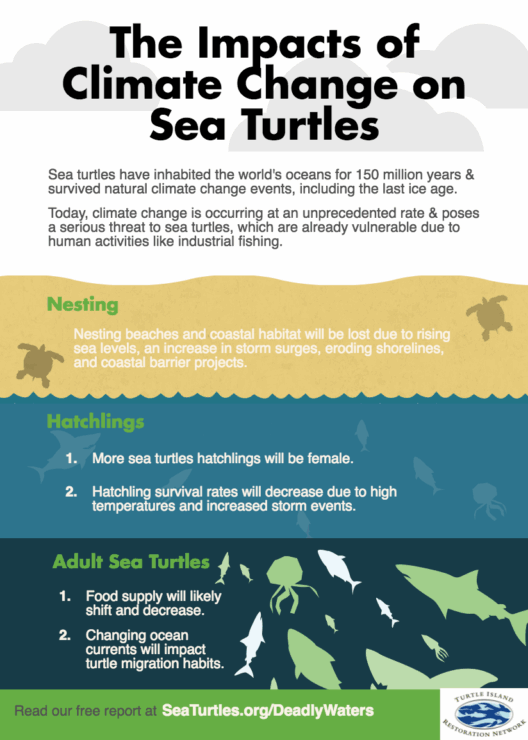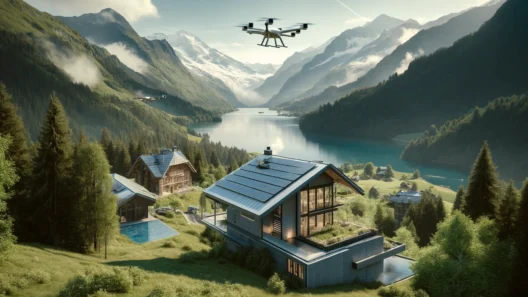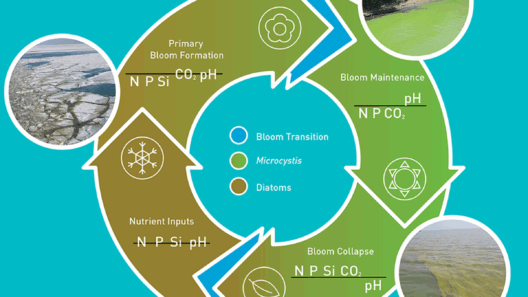Globally, ecosystems teeter on the brink of cataclysm as climate change accelerates, leading to the relentless degradation of natural habitats. From the frigid tundras of the Arctic to the lush tropics of the Amazon, wildlife homes face unprecedented pressure, compelling an exploration into how global warming imperils various biomes and the myriad of species dependent on them. The intricate interdependence of biodiversity makes each ecosystem a vibrant tapestry, itself vulnerable to the ravages of climate change.
To comprehend the catastrophic impact of global warming, one must first grasp the types of habitats under siege. Terrestrial ecosystems such as forests, grasslands, and deserts—once resilient—are now suffocating under increased temperatures and shifting weather patterns. These environments, richly inhabited by an array of fauna and flora, play crucial roles in carbon sequestration, which, in turn, moderates atmospheric temperatures. Unfortunately, the escalating frequency of droughts, wildfires, and storms disrupts these vital systems.
One poignant example lies within the boreal forests. These expanses, known as the lungs of the Earth, exhibit a predominance of coniferous trees that have evolved to thrive in colder climates. However, as global temperatures rise, the North is experiencing an unwelcome transformation. The warming climate permits pests like the mountain pine beetle to thrive, decimating vast swathes of forest. The resultant decline in tree populations not only threatens the intricate web of life supported by these habitats but also exacerbates carbon emissions—fueling an even more vicious cycle of warming.
Equally concerning is the fate of wetlands, which serve as a linchpin for biodiversity. These aquatic environments experience heightened inundation followed by drought, destabilizing the delicate balance that sustains a plethora of species. The loss of wetlands has profound implications for migratory birds, amphibians, and numerous aquatic organisms reliant on stable environments for breeding and feeding. In acknowledging this critical interplay, the ecological consequences become staggering; as these habitats diminish, so too does the overall health of our ecosystems.
Marine habitats are not spared from the onslaught of climate change. Oceans, which absorb nearly a third of human-made carbon dioxide, are undergoing acidification, altering the fundamental chemistry that supports marine life. Coral reefs—often referred to as the “rainforests of the sea”—are particularly susceptible. Rising sea temperatures lead to coral bleaching, a phenomenon that compromises their ability to support diverse marine populations. The destruction of coral reefs not only endangers species that dwell within them but further threatens coastal communities that rely on these ecosystems for sustenance and economic stability.
Understanding the correlation between habitat loss and species endangerment requires acknowledging the phenomenon of habitat fragmentation. As human activities encroach upon natural spaces—be it agriculture, urbanization, or industrial expansion—wildlife find themselves isolated, confined to increasingly constricted areas. This fragmentation leads to reduced genetic diversity, impeding species’ ability to adapt to changing conditions. The concept of an “ecological corridor” has emerged as a potential remedy, aiming to reconnect fragmented spaces and allow wildlife to navigate more freely through their environments. However, constructing these corridors necessitates significant investment and policy change, underscoring the urgency of implementing protective measures.
In addressing these challenges, one must not overlook the human factor. The direct impact of climate change is often exacerbated by socioeconomic dynamics. The most marginalized communities, relying heavily on natural resources for their livelihoods, are disproportionately affected by habitat degradation. When oceans rise or forests dwindle, it is these individuals who bear the brunt of environmental displacement. This intersection of environmental and social justice illustrates how these issues are not isolated; they are intricately woven together, requiring a multifaceted approach to restoration and protection.
Education and awareness play pivotal roles in countering habitat loss. As global citizens become more informed about the fragility of ecosystems, the momentum for conservation escalates. Strategies such as reforestation, sustainable agricultural practices, and biodiversity conservation initiatives can be adopted to mitigate further destruction. Community involvement is crucial in these measures, as local populations often possess invaluable traditional knowledge that can guide conservation efforts. Collaborations among activists, scientists, and policymakers are essential to engendering a comprehensive environmental strategy.
As one contemplates these varied challenges, the fascination with wildlife habitats becomes evident. There lies an irreplaceable beauty and complexity within ecosystems—a mesmerizing balance of life forms striving to thrive amid environmental stress. Each habitat tells a story, echoing the resilience of species that have adapted over millennia. However, this narrative is endangered, requiring immediate and robust action. The window of opportunity to act is shrinking, necessitating a collective response.
In conclusion, global warming’s assault on wildlife homes denotes an urgent crisis that transcends geographical borders. From the majestic boreal forests to the vibrant coral reefs, the threats to these vital ecosystems threaten not just individual species but also the intricate balance of the planet. It is imperative for society to acknowledge the interdependence of these natural systems, promote sustainable engineering, and champion the cause of conservation. By actively participating in the protection of habitats, humanity can endeavor to reverse the tide of environmental degradation, securing a resilient future for wildlife and generations to come.
